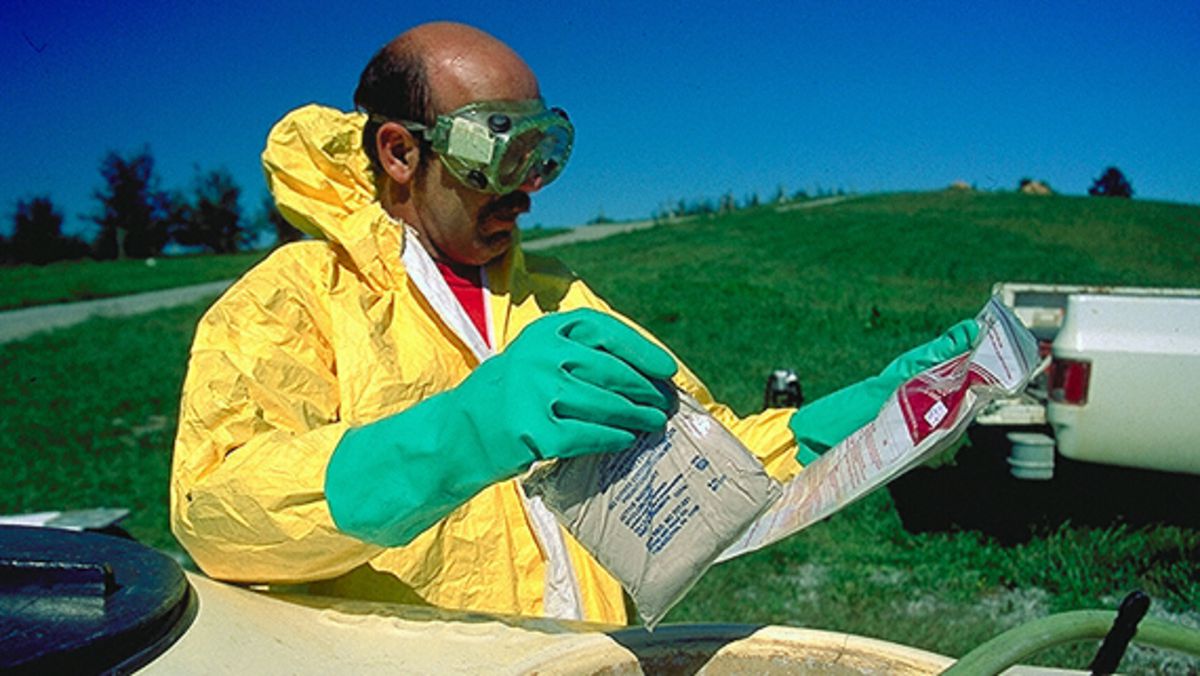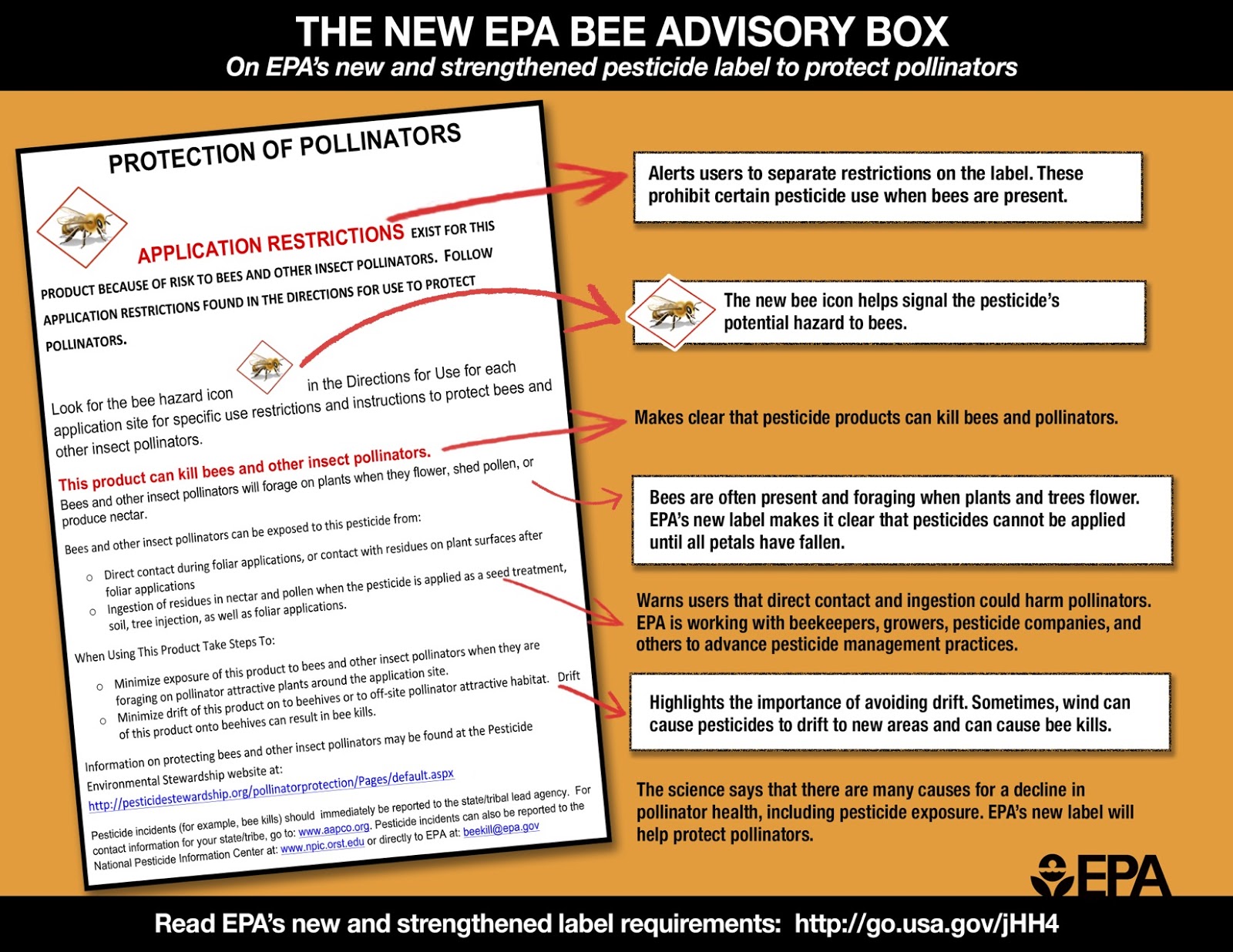
Farmers utilize stewardship practices for proper pesticide use while protecting crops from insect pests and mites and also protecting pollinators. The BeSure! campaign from Growing Matters, an initiative created to support growers and applicators in protecting bees and other wildlife, provides numerous resources for good stewardship, including the Insect Pollinators and Pesticide Product Stewardship guide. The Keystone Monarch Collaborative highlights a few of those recommendations below.
Know the Label
Farmers and applicators know that reading and following labels is the first and most important consideration when handling any pesticide. Labels provide specific information on how to minimize unintended harm and how products may be safely used, handled, stored, and disposed. The Environmental Protection Agency mandates these specific requirements and application instructions on pesticide labels to avoid harmful exposures to people, wildlife, and the environment.
Communicate
Cooperation and communication among farmers, landowners, applicators, crop advisors, and local officials greatly increases successfully protecting insect pollinators and habitats. Farmers and landowners should know and follow all state requirements. They should also work with their pesticide applicators, which includes aerial applicators, to identify locations of bee hives, blooming forage, pollinator habitat and bodies of water that may be attractive to insect pollinators.
Other Considerations
Similar to the steps we outlined in our recent post on herbicide use, here are a few additional factors to consider for integrated pest management:
- Understand Pollinator Habits: Pollinators are most at risk from pesticides applied to crops or other plants that are blooming. Before applying pesticides, be aware of the crop’s bloom stage, and nearby pollinator habitat.
- Evaluate the Weather: Applying pesticides before hot weather can lead to vapor drift, which could impact neighboring pollinator habitat. Farmers should also assess wind strength and direction to avoid drift.
- Nozzle Selection: Adjust your nozzle(s) and pressure to make bigger droplets. Bigger droplets fall faster, so they are less likely to drift with the wind.
- Buffer Regions: Develop buffer regions beyond the field or land that are designated to be free of pesticide application.
- Choose appropriate chemicals: Look for chemistries that are softer and have lower residual toxicity values, compare labels, and look for and understand the EPA symbols on labels.
- Apply only when needed: Scout regularly to ensure that you are only treating crops when absolutely necessary, when they meet or exceed the recommended thresholds for pests or contamination.
These fairly easy stewardship practices are simple to follow and provide important benefits to monarchs and other beneficial insects.

